Verbena Seed Harvest: Learn How To Collect Verbena Seeds
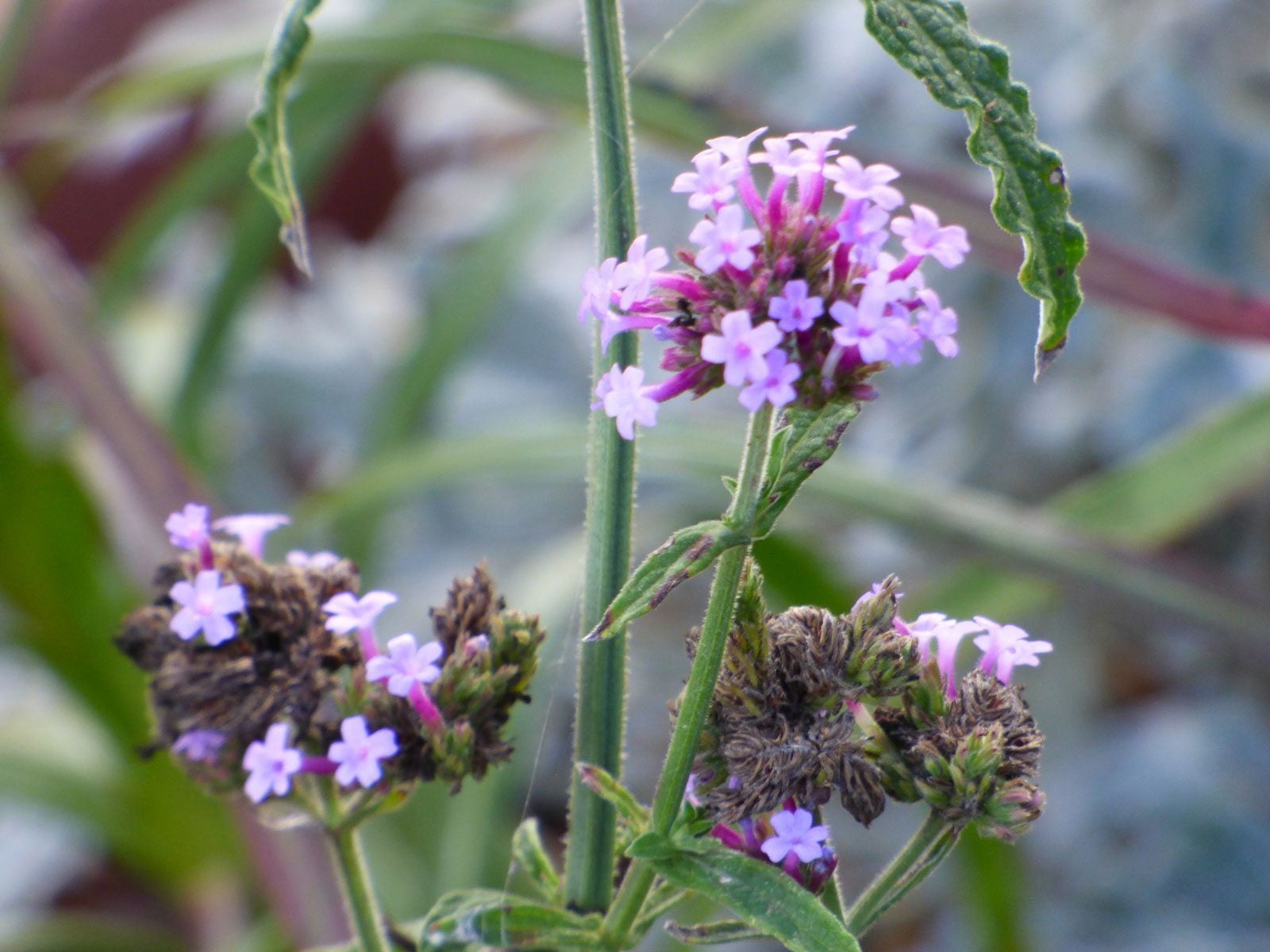

One of the more common annual charmers is verbena. Verbenas produce copious seeds and will reseed themselves in ideal climates. However, for those that get a sustained freeze, it might be best to save seed and then sow in spring. There is a trick on how to collect verbena seeds, so they are just ripe but have not released from the pods. Knowing the right time for verbena seed harvest will save you some frustration later on and help ensure germination. Saving verbena seeds is a money saver that just requires a little time and patience.
Verbena Seed Harvest
There are about 250 varieties of verbena but only a fraction are commonly cultivated. Verbena seeds will not germinate evenly if exposed to extreme periods of cold. For this reason, cold region gardeners usually have to reseed their plants annually, either in a cold frame or indoors six weeks before the date of the last frost. The sweet little flowers of verbena brighten any garden plot or container. Collecting seed is recommended for gardeners in chilly climates. The timing is crucial to ensure seed is mature, but you have to be vigilant because as soon as pods are ripe, the whole thing will burst, and the tiny seeds disperse. Learn when to harvest verbena seed with a fun little tip on how to collect them without losing the ripe ones. If you are already growing a variety of verbena that you love, you can wait until flowers fade and seed pods are ready to harvest seeds. Collecting verbena seeds is a bit cumbersome, as they are tiny and the pods in which they ripen burst as soon as the casing is dry. Timing is everything when saving verbena seeds. One day too long and the pods may have burst but harvesting too early will not garner viable seed.
When to Harvest Verbena Seed
After the flowers fade, small fruits or pods will form. Inside these are numerous very tiny black seeds. The seeds will be green initially, as will the pods, which is an indicator that the seeds are not ripe. You must wait until the entire pod and much of the stem is brown and dry before the seeds are ready. If there is a touch of green on the stem, you may still harvest the seeds, but they should dry in an open space for at least 10 days before storing them. Collecting verbena seeds requires a bit of patience to ensure the pods are dry but have not cracked open, losing the seed. One tip is to place an old nylon stocking over a few stems of the plant that have formed seed pods. Wait until the pods have turned brown and then cut them off, preserving both pod and any seeds that have burst inside the stocking.
How to Collect Verbena Seeds
Once you’ve collected the seedpods, you need to extract the seeds. Get a plate and place the pods on it to dry for two weeks. Next, crack open the pods. Pick out any pieces of plant matter and discard them. Label a paper envelope with the plant variety and place seed inside. Store seed in a dark, dry but cool location. The garage or a basement is ideal for this purpose. In spring, sow seed in flats or outside if all danger of frost has passed. Just barely cover seeds with a dusting of soil. Keep the planting area lightly moist. Germination can occur in 14 to 90 days, depending upon variety. Growing your own annual plants from seed is an economical way to perpetuate a favorite variety. In most cases, it is fairly easy to save seed the previous year and then sow it in spring or when there is no longer a chance of frost. Growing verbena from seed is uncomplicated provided the seed has experienced total darkness and cool but not freezing temperatures for at least two months. Most seed that is purchased or ordered will be ready to plant.
Gardening tips, videos, info and more delivered right to your inbox!
Sign up for the Gardening Know How newsletter today and receive a free copy of our e-book "How to Grow Delicious Tomatoes".

Bonnie Grant is a professional landscaper with a Certification in Urban Gardening. She has been gardening and writing for 15 years. A former professional chef, she has a passion for edible landscaping.
-
 Try The Trend – Turn Any Bed Into A Keyhole Garden With This Clever In-Ground Composter
Try The Trend – Turn Any Bed Into A Keyhole Garden With This Clever In-Ground ComposterKeyhole gardening is an efficient and sustainable practice that saves space. Get started on this DIY project quickly and easily with an in-ground composter.
By Bonnie L. Grant
-
 4 Superfast Composting Methods: Turn Waste Into Garden Gold In 30 Days Or Less
4 Superfast Composting Methods: Turn Waste Into Garden Gold In 30 Days Or LessTry the fastest composting methods to turbocharge your pile and transform kitchen scraps and garden waste into finished compost in just a few weeks.
By Mary Ellen Ellis
-
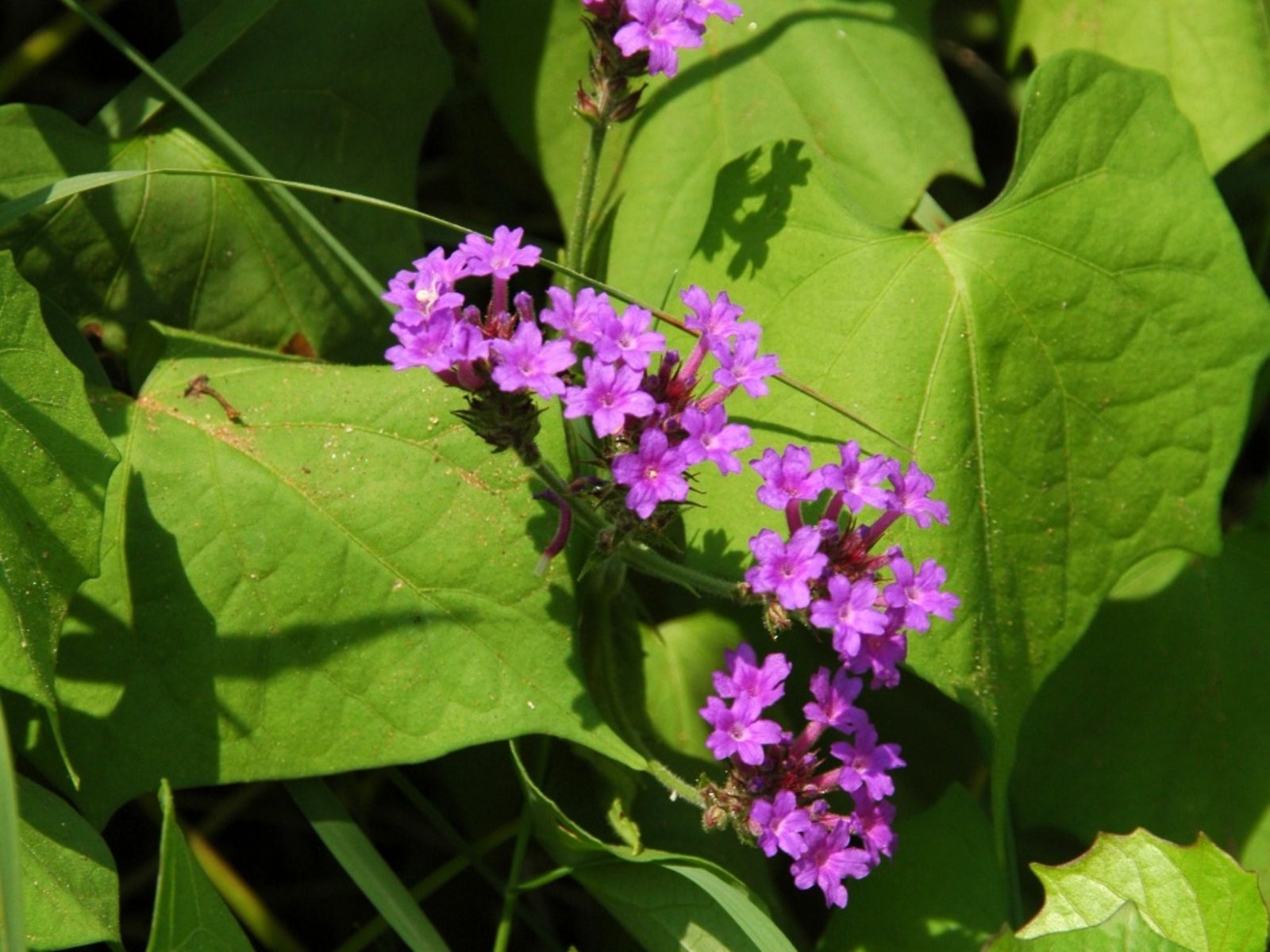 Trailing Verbena Care: Tips For Growing Trailing Verbenas
Trailing Verbena Care: Tips For Growing Trailing VerbenasGrowing trailing verbena takes a bit of care but is a lovely bedding plant that loves moderate weather.
By Tonya Barnett
-
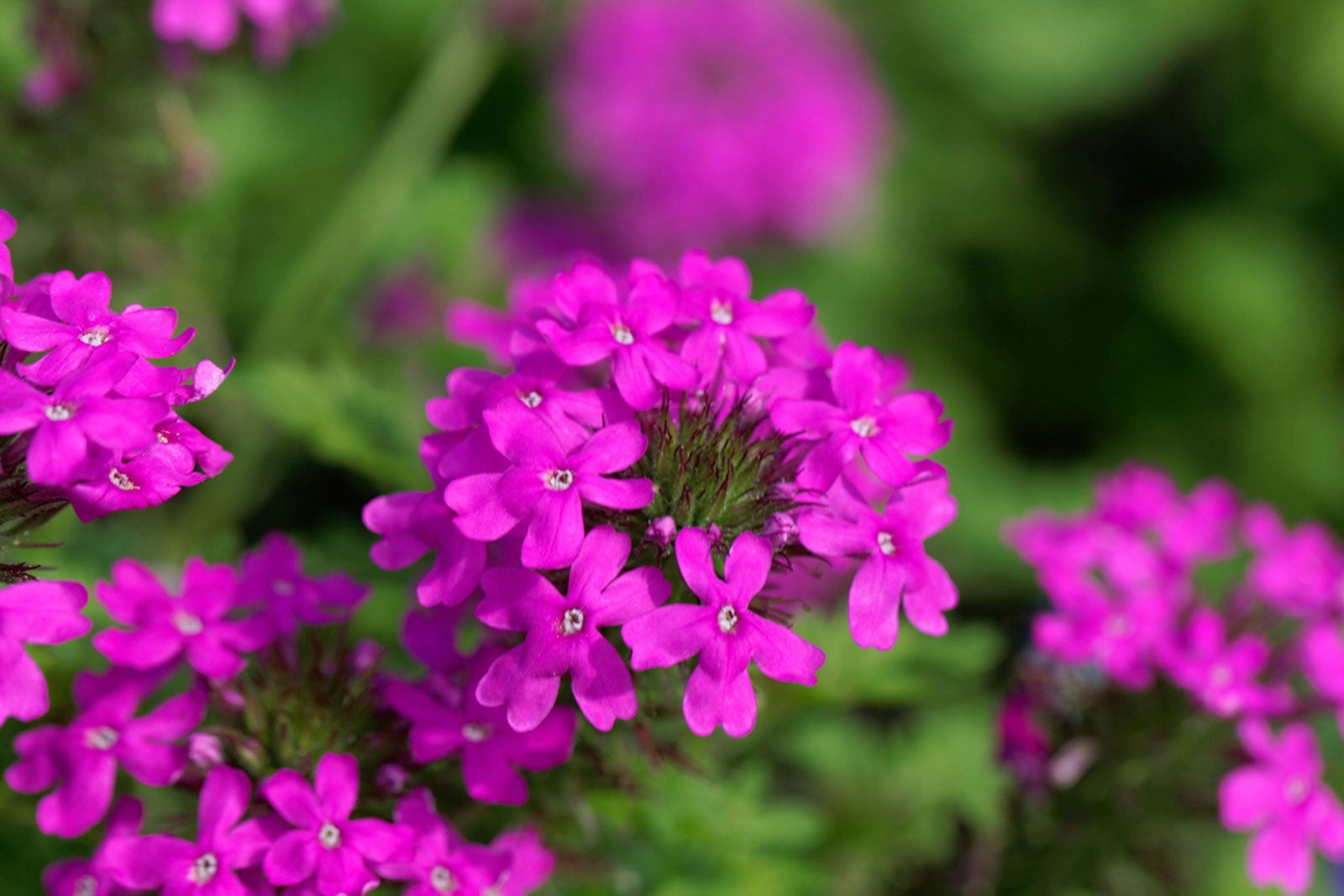 Rose Verbena Care: How To Grow A Rose Verbena Plant
Rose Verbena Care: How To Grow A Rose Verbena PlantRose verbena (Glandularia canadensis) is a hardy plant that with very little effort on your part, produces aromatic, rosy pink or purple blooms from late spring to late summer. Interested in growing rose verbena in your garden this year? Click here to learn how.
By Mary H. Dyer
-
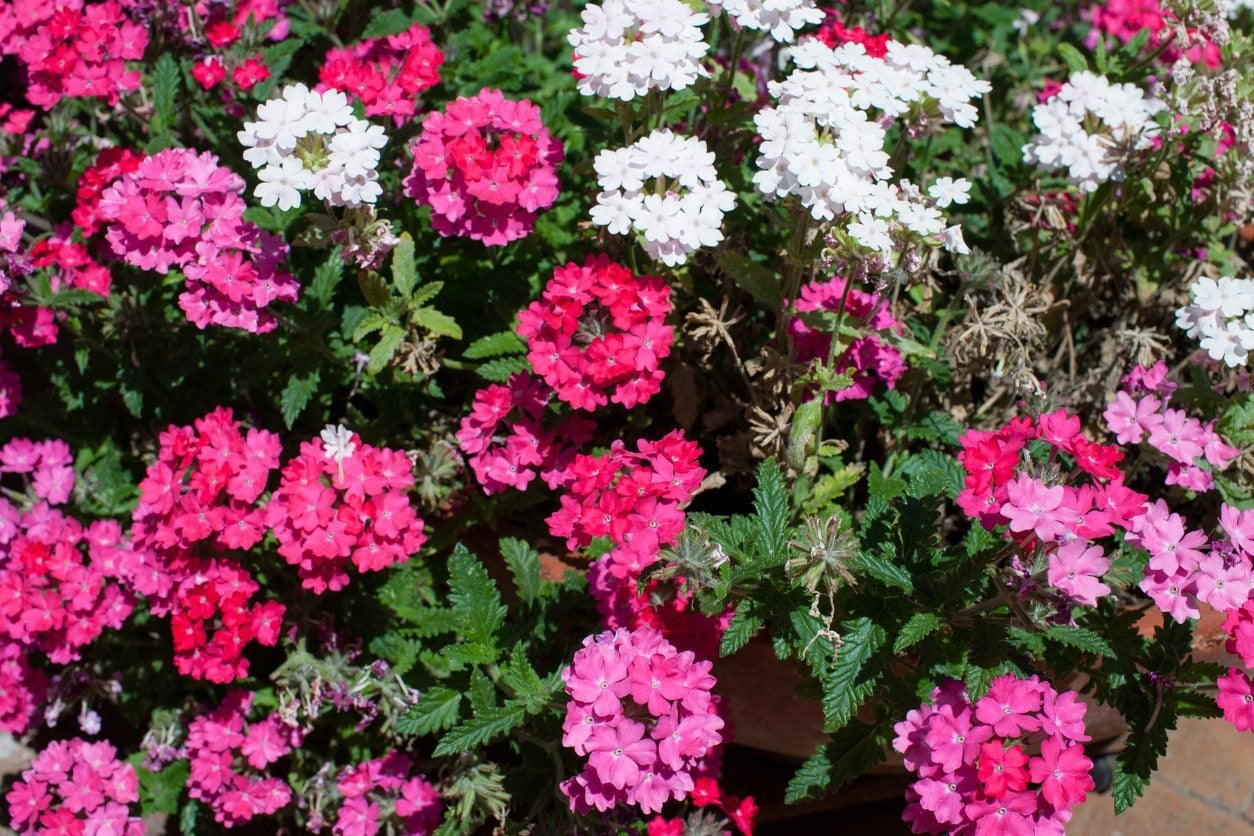 Groundcover Verbena Varieties – Can You Use Verbena For Groundcover
Groundcover Verbena Varieties – Can You Use Verbena For GroundcoverDelicate and pretty, verbena plants make a great groundcover, especially if you need to fill an empty space quickly.
By Liz Baessler
-
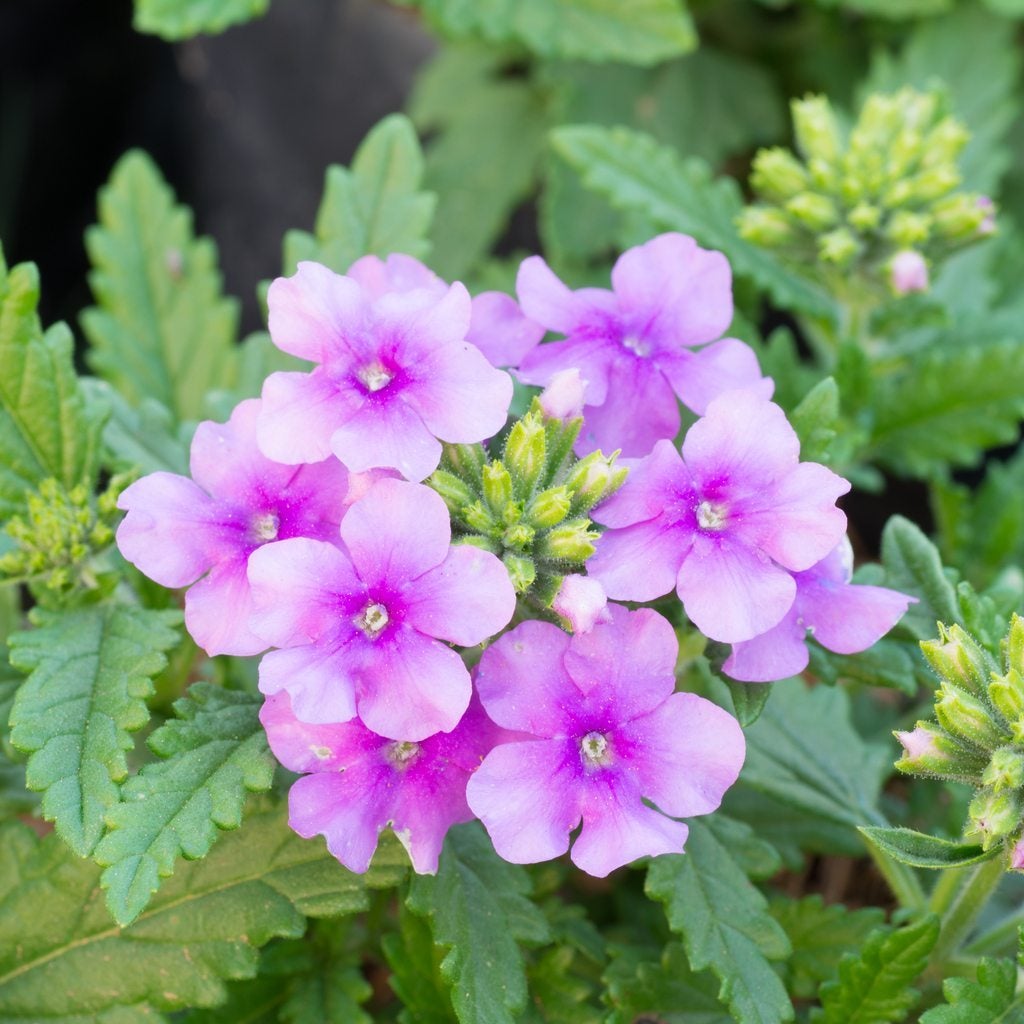 Growing Verbena Plants – Getting To Know Verbena Plant Varieties
Growing Verbena Plants – Getting To Know Verbena Plant VarietiesVerbena is a popular plant for flower beds, but there are so many different types of verbena, all with varying properties and appearances. To make this great plant a part of your garden, learn more about the different kinds of verbena in this article.
By Mary Ellen Ellis
-
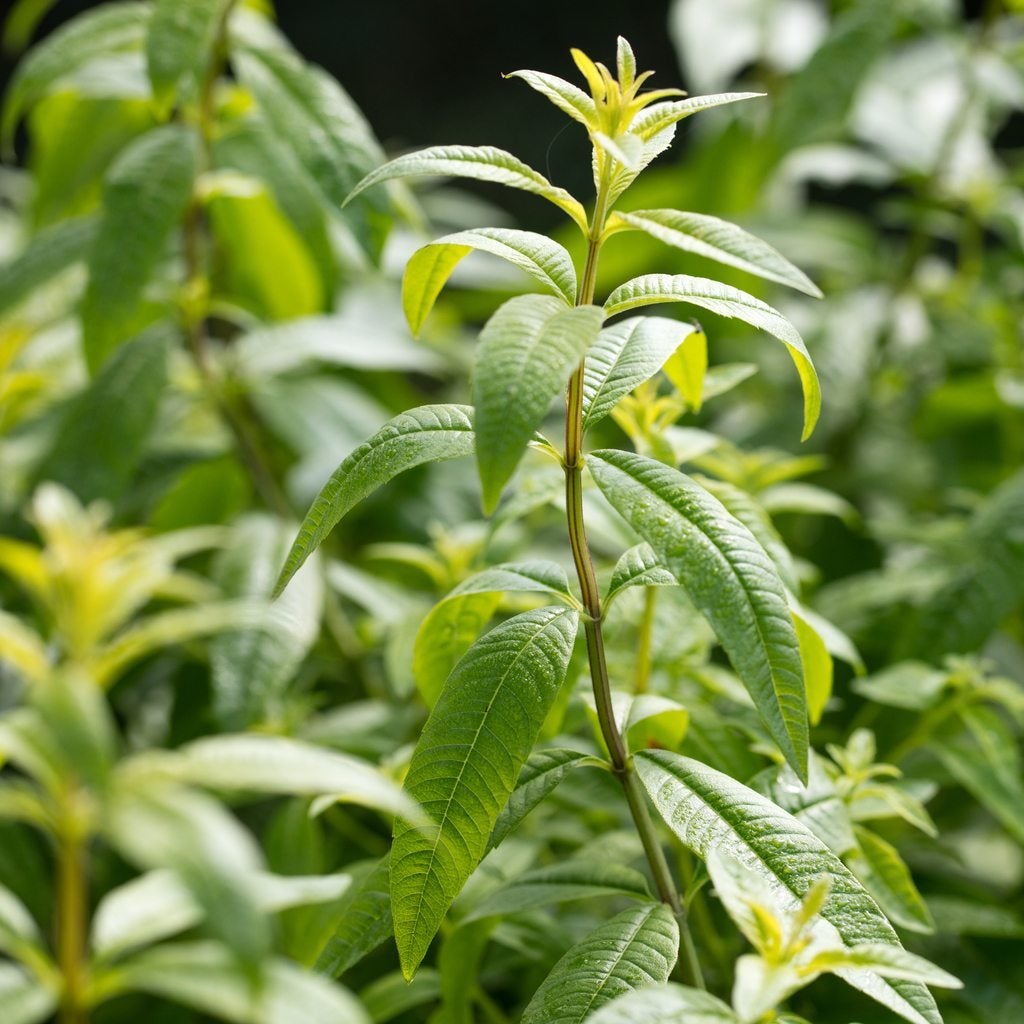 Verbena Plant Information: Are Verbena And Lemon Verbena The Same Thing
Verbena Plant Information: Are Verbena And Lemon Verbena The Same ThingYou may have used lemon verbena in the kitchen and seen a plant labeled 'verbena' in a garden center. You may have encountered the essential oil known as 'lemon verbena' or 'verbena oil.' So are verbena and lemon verbena the same? Find out here.
By Ilana Goldowitz Jimenez
-
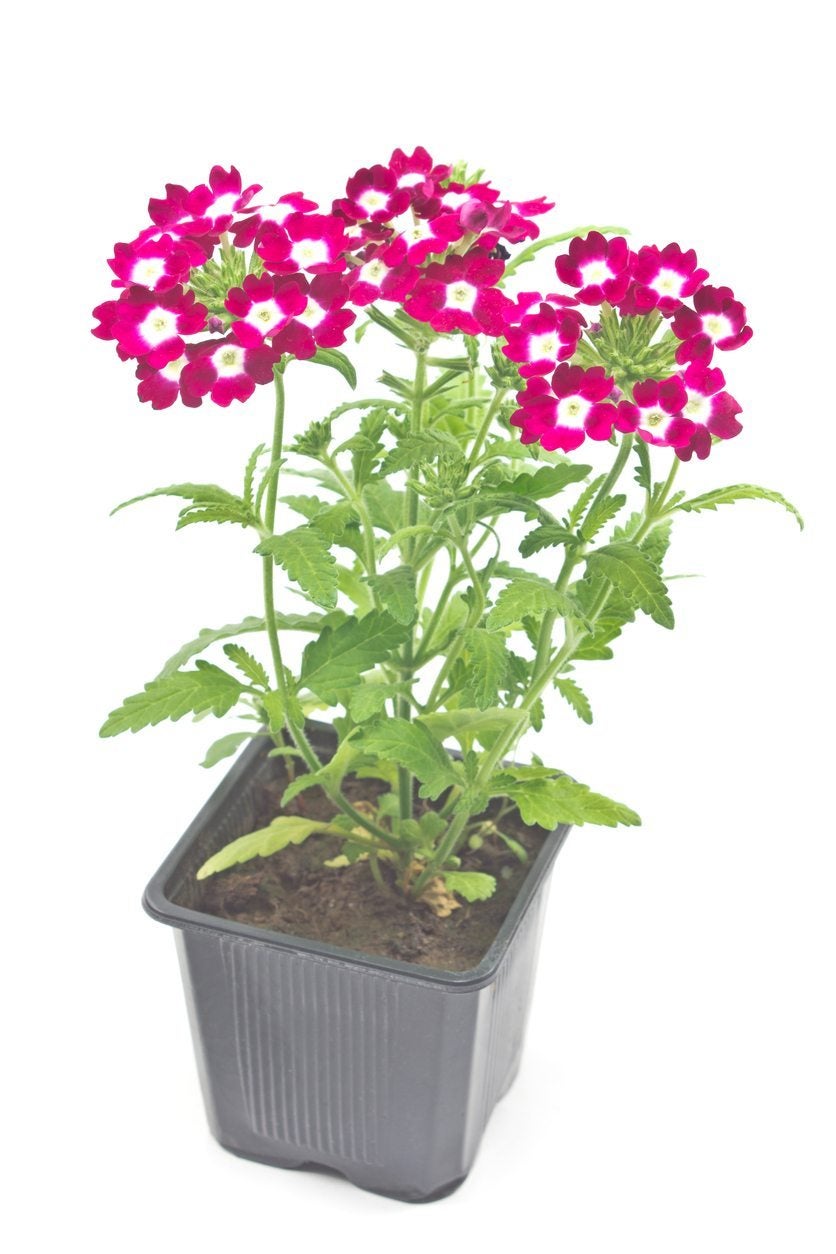 Verbena Seed Germination: How To Grow Verbena From Seed
Verbena Seed Germination: How To Grow Verbena From SeedVerbena seed germination times depend upon the variety, so don't get discouraged. However, knowing how to grow verbena from seed will greatly improve the chances of sprouting. This article can help with that.
By Bonnie L. Grant
-
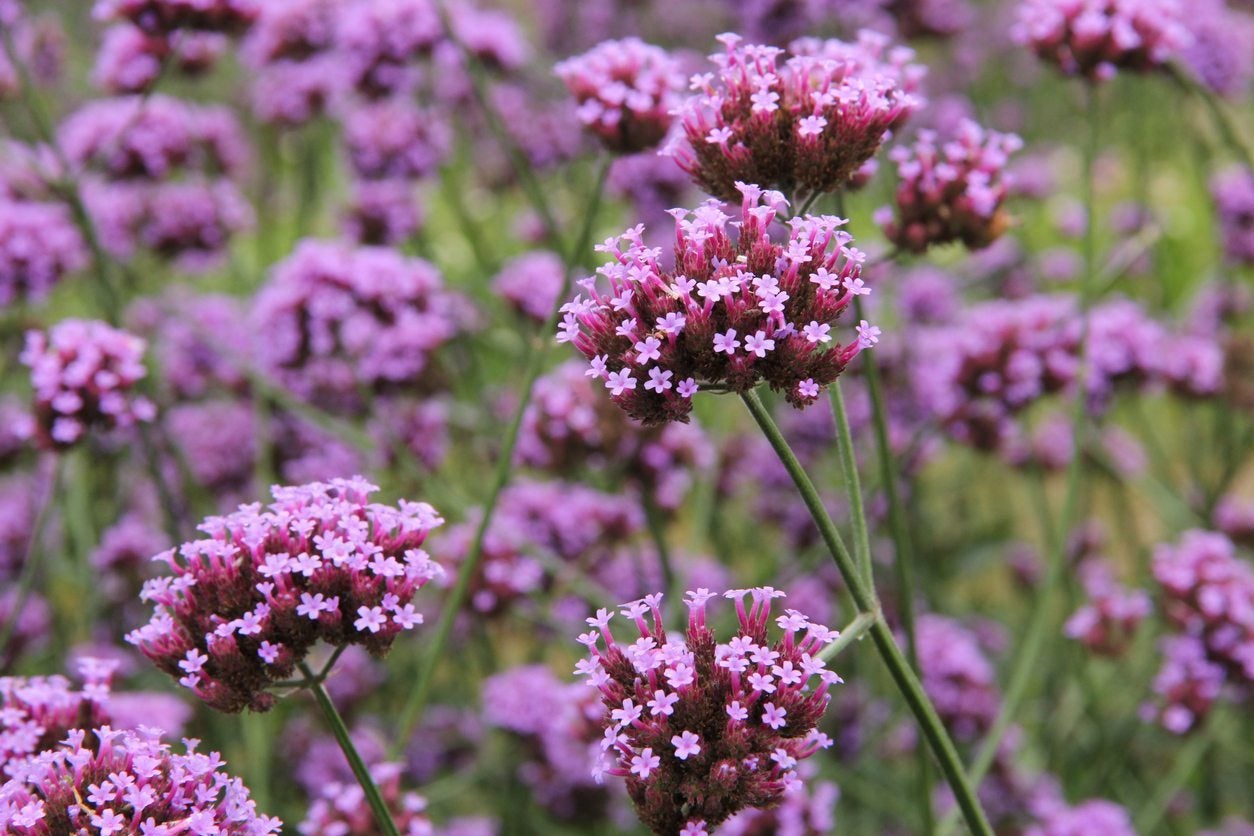 Is Verbena Annual Or Perennial: Perennial And Annual Verbena Varieties
Is Verbena Annual Or Perennial: Perennial And Annual Verbena VarietiesTrailing verbenas are a common sight in annual hanging baskets, yet many gardeners wonder is verbena annual or perennial? It is both actually. Click the following article to learn about annual vs. perennial verbena varieties.
By Darcy Larum
-
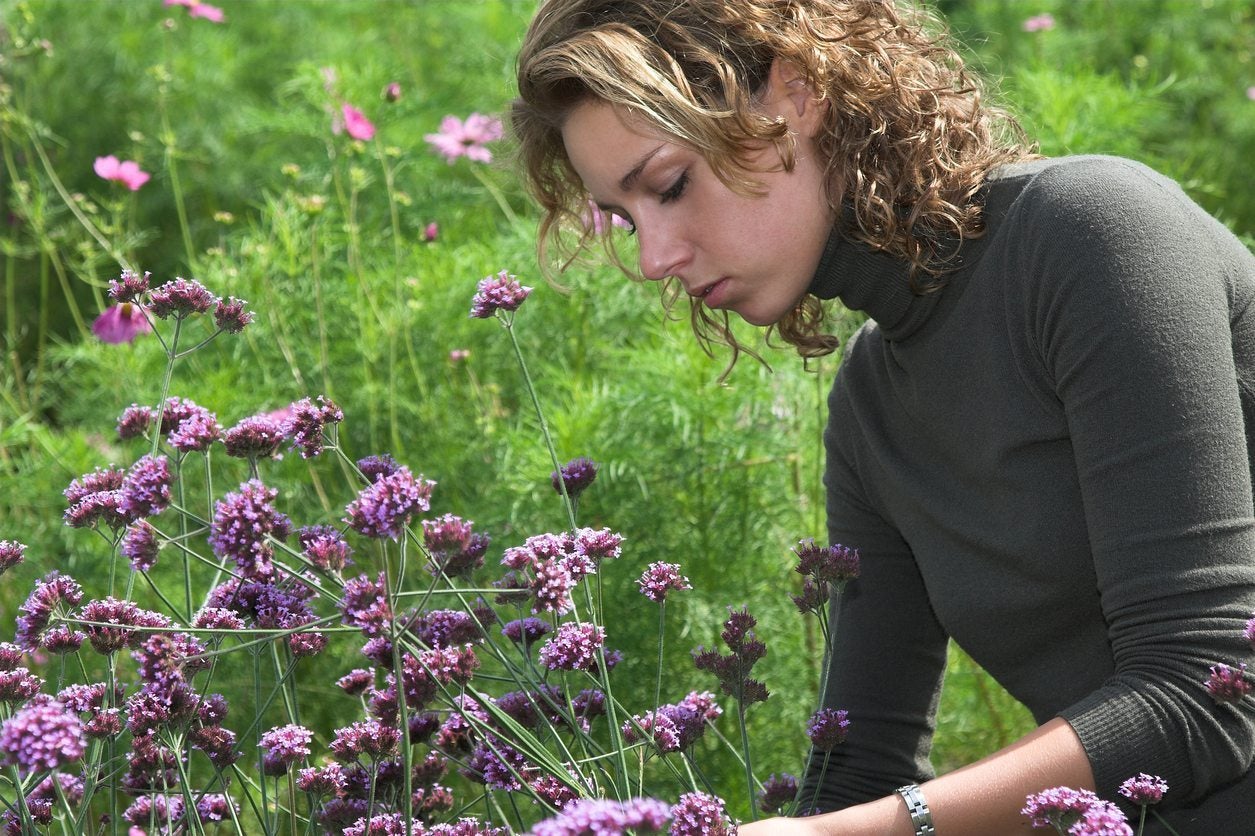 Verbena Propagation – Learn How To Propagate Verbena Plants
Verbena Propagation – Learn How To Propagate Verbena PlantsUseful in cooking and teas and wonderfully fragrant, verbena is a great plant to have around. But how do you get more of it? Click on this article to learn more about common propagation methods for verbena plants in the garden.
By Liz Baessler